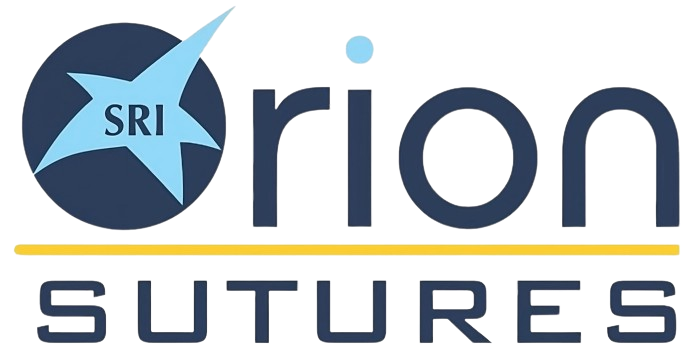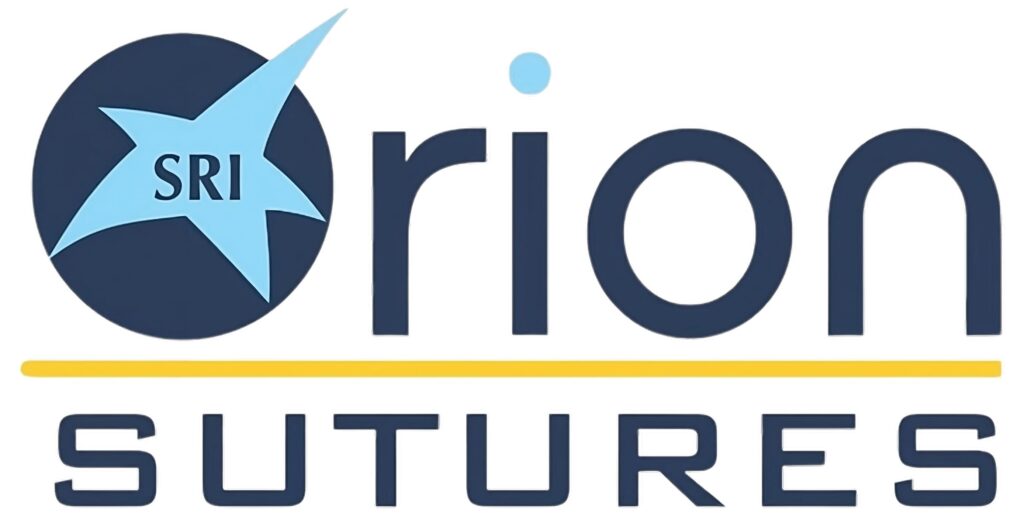We live in an age where everything has to be done instantly, and when it comes to medical treatment, people expect a cure for any ailments and need instant support. When a patient undergoes surgery, they often need to undergo the use of sutures. After the wound has healed, a suture is removed in an attempt to prevent the skin from contracting back into the wound.
Sutures are used to help repair damaged tissue, stop bleeding, or hold the wound together while it heals. There are many different types of sutures used in surgery and for home healing. One type of suture that is becoming more popular is Polyglycolic acid suture. Polyglycolic acid suture comes as a dissolvable stitch. For instance, if you are suffering from acne scarring and have undergone an operation, the stitches can dissolve slowly once the scar has formed.
Characteristics of These Sutures
- Polyglycolic acid sutures are made of a natural polymer and derived from glycolic acid.
- They are well known for their resistance to water, flexibility, and strength, as well as their absorbability.
- Polyglycolic acid is extremely important in the non-woven fabrics and adhesive tapes industry.
- The use of PGA sutures has been shown to reduce the need for re-suturing and improve patient outcomes.
- They provide excellent tissue support, with minimal tissue reaction and a predictable absorption rate.
- The suture is easy to apply and remove from tissues without causing trauma or sawing of the tissues.
- The suture has good knot security, which means there will be no chance of cutting open the wound after applying the suture.
Uses
PGA suture is used in many applications and can be used in a variety of clinical settings, including plastic surgery, orthopaedics, general surgery and paediatrics. It is often used for soft tissue fixation in these fields due to its excellent handling properties, high tensile strength and flexibility.
Benefits of Using These Sutures
- Reduced Risk of Infection
This is because the material is not as likely to harbour bacteria as compared to other types of sutures. The polyglycolic acid suture is tissue tolerant, biocompatible and has greater tensile strength than nylon or monofilament.
Achieving the best possible patient outcomes is the singular priority of everyone involved in your healthcare.
- Reduced Scarring
This is because the material is absorbed by the body over time, so there is no need for the body to form a scar to protect the wound.
- Better Wound Healing
PGA suture is also associated with better wound healing. This is because the material is absorbed by the body and doesn’t interfere with the body’s natural healing process.
As mentioned earlier, PGA sutures can offer great benefits for those who need them. These sutures are strong enough to stay in place for a very long period of time, which is helpful for those with a long healing process. It has a great absorption rate, and its high flexibility is useful for retraction in small spaces. They can also be used for dozens of different surgical procedures.

